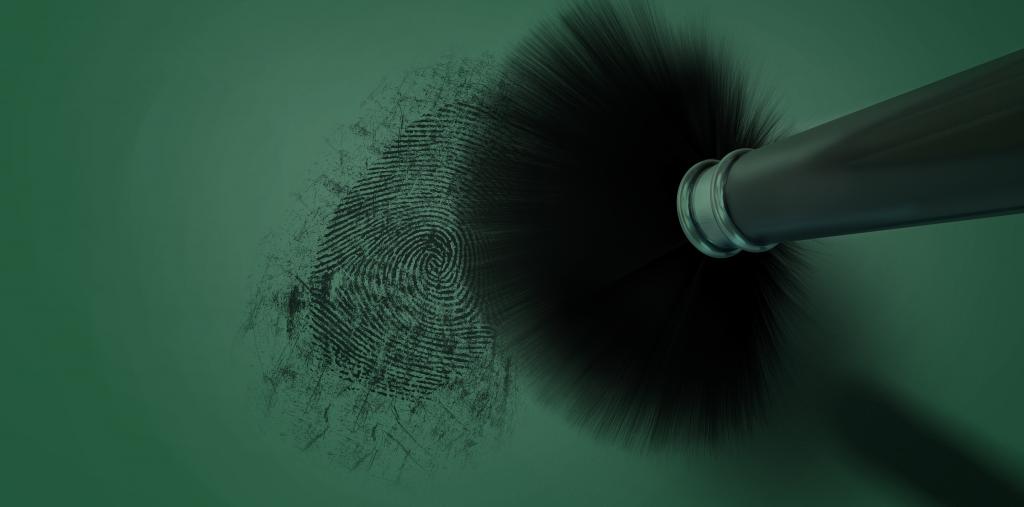Admission CTAs
Research helps forensic nurses see underlying bruises
Would you get shot with a paintball—for science?
The participants in a study at the College of Health and Human Sciences don’t mind, because they know it’s for a good cause. Katherine Scafide, an assistant professor in the School of Nursing, is conducting research that will help forensic nurses identify hard-to-see bruising.
To see underlying bruises, Scafide uses an alternative light source, which is already widely used in forensics, to find evidence like blood or hair fibers that might be hard to see under normal conditions. She is examining bruises under this light to see if it works better than white light, which is typically used in examinations, and at what wavelength.
Scafide created bruises with two methods one method involved a paintball gun and the other dropping a ball down a PVC pipe. Each method creates a different type of bruise that is studied over a period of four to eight weeks.
Funded by the National Institute of Justice, the research began in the summer of 2017 and the data collection ended in March. Scafide is currently analyzing the large amount of data collected, but she has already presented some preliminary results.
“We have found that the odds of detecting a bruise under alternate light is six times greater than underneath white light” said Scafide.
As a former pediatric and adult sexual nurse examiner, a death investigator and then a forensic consultant for criminal and civil cases, Scafide has long served people who fell victim to violence. She believes this research would have made her earlier jobs easier.
“I spent a lot of time working with victims of violence, doing their examinations, looking at their injuries, trying to understand the story behind their injuries,” said Scafide. “One of the challenges I would face much of the time was examining injuries on victims of violence who have dark skin."
Scafide explained that there are a lot of factors impact bruising, such as skin color, the environment, the type of injury, the lighting the observer is using and how much time has passed since the impact first occurred. Scafide said not being able to see bruises because of the color of someone's skin causes disparities in cases of violence.
“If we can't see the injury, can't identify it, then we can't document it,” said Scafide. “That documentation serves as really important evidence in court.”
